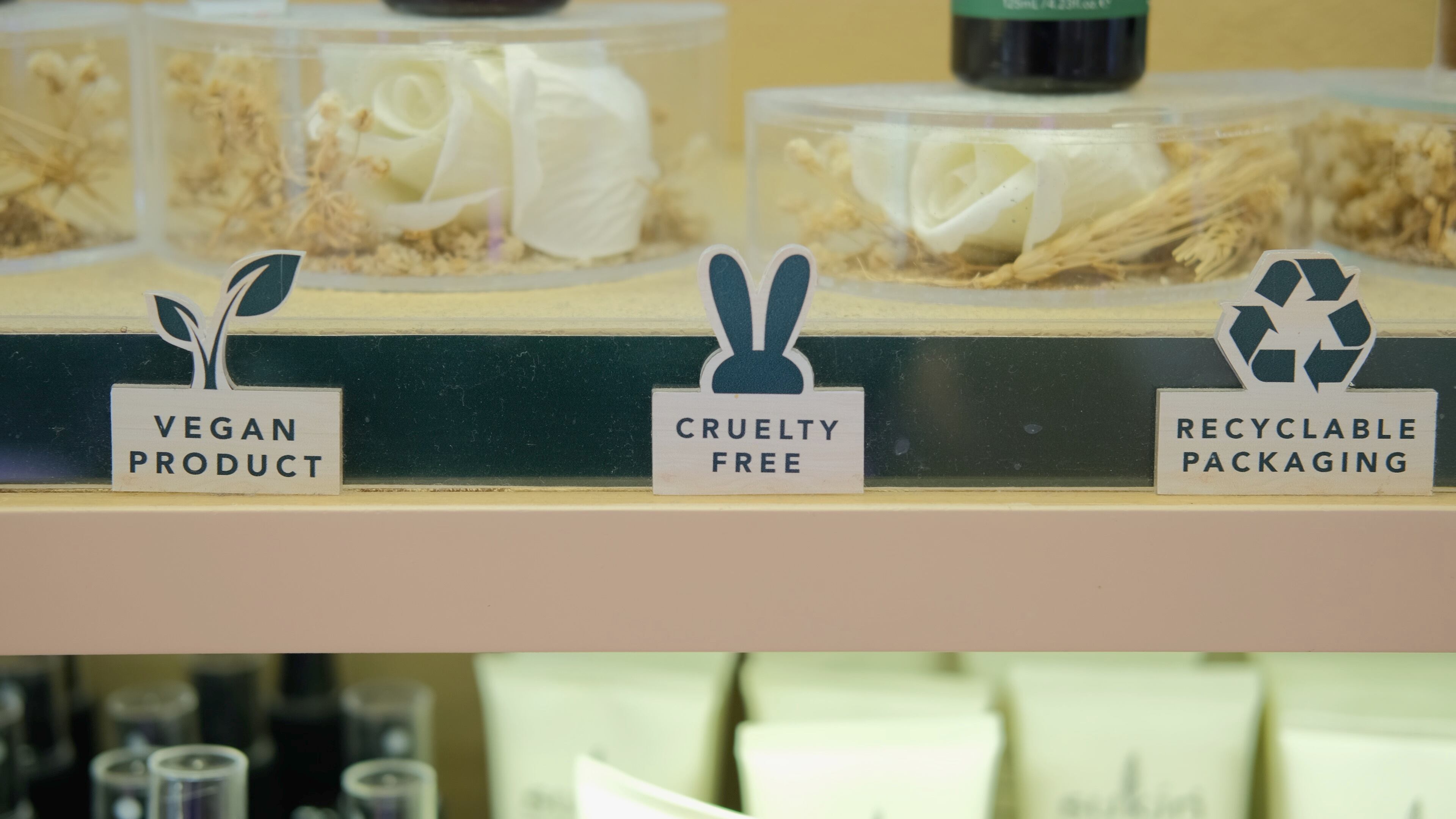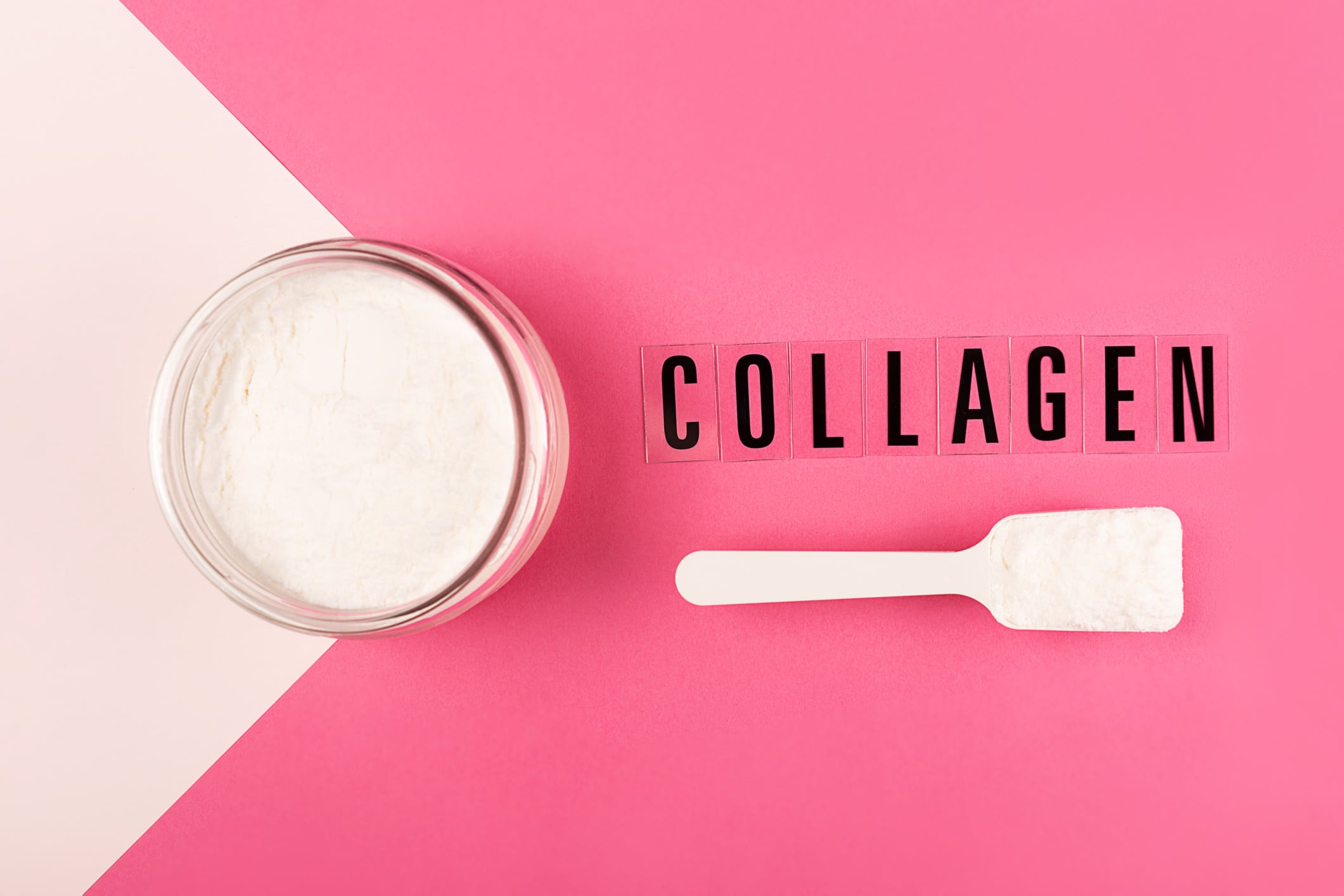Late last month, consumer market research firm NIQ (formerly Nielsen IQ) released its report on “Growing Sustainable Beauty Trends for Emerging Brands in 2023.” Sustainable beauty, sometimes called “green beauty,” remains a priority for cosmetics and personal beauty care consumers when considering purchasing decisions in 2023.
For example, as detailed in the report, “responsible sourcing is one of the most important sustainability claims to 45% of consumers, and a further 24% of consumers want brands to increase their use of ingredients produced in a more sustainable way.”
The report identifies five significant trends predicted to shape how many beauty brands will incorporate into their marketing strategies to forge deeper connections with consumers and increase brand transparency regarding sustainable efforts.
To better understand the potential impact sustainable beauty may have on cosmetics and personal beauty care product manufacturers and suppliers to these industries, CosmeticsDesign spoke with Anna Mayo, Vice President of Beauty and Personal Care Thought Leadership at NIQ, for her experience, insights, and expertise on the subject.
Focus on sustainable beauty packaging
“Today’s consumer is increasingly concerned about climate change and what they can do to help preserve the environment,” said Mayo. In terms of conscious consumption that can be seen and experienced directly, she elaborated, cosmetics and personal beauty care product consumers “are looking to brands to offer solutions that they can feel good about, which could come in the form of reduced plastic, biodegradable packaging, or even easier options for recycling.”
As detailed in the report, some standard features of sustainable beauty packaging efforts can include using eco-friendly materials like bio-based or plant-based plastics or recyclable materials like glass. Incorporating a minimalist packaging design is another feature of sustainable beauty packaging, which can reduce potential waste by eliminating unnecessary secondary packaging materials or product inserts.
Refillable or reusable product packaging options can further reduce consumer waste, which can have the secondary benefit of reducing the potential environmental impact of both product transportation and product manufacturing.
Additionally, some brands have gotten more creative with their packaging solutions, incorporating innovative materials that are more environmentally friendly, like bamboo, or even packaging embedded with seeds that can be planted after purchase and consumption. “There are many interesting innovations coming to market in the sustainable beauty space,” added Mayo. “Some that have really interested me are waterless shampoo bars, refillable mascara, and plastic-free packaging.”
Finally, biodegradable or compostable packaging options, including innovative packaging materials, are more favorable to brands seeking environmental sustainability in their product offerings. These options break down more gently and do not require the additional energy output required by traditional recycling methods.
Labelling products with “free-from” claims
As explained in the NIQ report, “free-from” claims are statements “that highlight the absence of certain ingredients or substances in a product. These statements are intended to communicate to consumers that a particular product does not contain certain allergens, additives, or other substances that some people may be concerned about.”
“Free-from” statements are carefully regulated by the US Food and Drug Administration to ensure that claims are accurate and represent the product’s qualifications. Labeling products with “free-from” claims can be a simple way for brands to be transparent with their ingredient formulations, help products stand out on shelves, and can assist consumers with making more environmentally friendly product purchasing decisions. For environmental sustainability, consumers may be searching for products that are “free-from parabens,” for example.
Participation from retailers
Retailers are jumping in to support sustainability models, which trickles down to the brands they carry on their digital and physical shelves. As detailed in the NIQ report, major retail companies, including Sephora, Ulta, and Target, have made great strides in diversifying their product offerings, offering consumers a more comprehensive selection of sustainable brand options, and segmenting their store shelves for easier consumer access.
For some brands, this means that shelf space for products not prioritizing environmental sustainability measures may soon be limited and even more competitive. A trend that started with clean beauty ingredients has spread to include entire product collections and is likely to become more important to consumers as time passes.
“Retailers have a strong role to play in helping consumers navigate the world of clean and sustainable products,” Mayo added. “Consumers have come to rely on retailer ‘clean’ badges to advise them on which products fit with their values, or even visiting retailers curating an entirely clean selection of products, such as credo beauty or Whole Foods.”
Pervasive sustainability adoption across categories
A recent NIQ study determined that “69% of consumers said sustainability has become more important to them over the last two years.” However, at the same time, “one in four consumers believe companies are not making it easy for them to act in this way.”
This misalignment of brand and consumer values can leave cosmetics and personal beauty care product shoppers frustrated and, at times, needing clarification on their options. The NIQ report confirmed that CPG sustainability continues penetrating these categories at increasing rates. Consumers gravitate to those brands that most accurately reflect their beliefs regarding climate change and environmental sustainability. Therefore, “the risks of not meeting these expectations range from an erosion of brand equity to a weakened relationship with the customer to a complete switch to another brand or provider,” the report summarized.
Oversight by regulatory bodies
The final trend shared in the NIQ report is that “legislation and governance will be the biggest driver of sustainability action across 2023 as companies start to navigate an increasingly demanding legislative schedule of sustainability reform and requirements.” For manufacturers and suppliers to the cosmetics and personal beauty care industries, this means stricter regulation and oversight of brands’ sustainability claims.
With the enactment of MoCRA by the end of this year, for example, companies will need to be able to support the veracity of their environmental sustainability claims or potentially face fines, accusations of greenwashing, and even a loss of consumer brand trust.
For those companies who still need to take voluntary steps towards more sustainable practices, government regulations may soon require them. Further, recyclable packaging options will quickly become the standard for cosmetics and personal beauty care products as the market shifts and better aligns with sustainable practice models.
Ultimately, while product offerings are up to the manufacturer’s discretion, the consumer maintains decisive control over their purchase power. As cosmetics and personal beauty care product shoppers continue gravitating towards more sustainable options, manufacturers and suppliers should consider offering options that best fit consumer demand.
In the coming months and years, shoppers will continue to place a high value on products and brands, prioritizing actions that address climate change and environmental sustainability.





